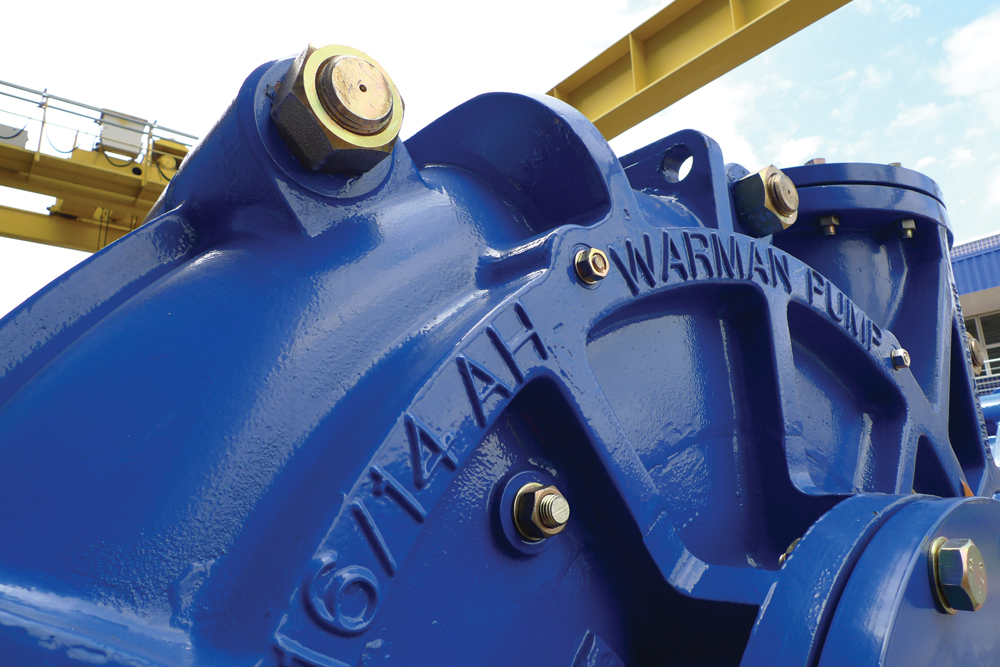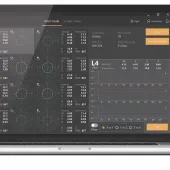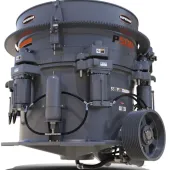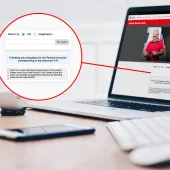The Implications of Using Replicator Parts on Slurry Pumps

First published in the December 2016 issue of Quarry Management as False Economy
Weir Minerals outline the negative implications of using replicator spare parts on slurry pumps
Replicating spare parts for slurry pumps is a serious issue in the extractives industry, for both solution providers and the operators who utilize them. With many operators under intense pressure to minimize operational costs, initial costs are often more important than total ownership costs, making non-OEM (original equipment manufacturer) spare parts more appealing.
‘During these tough economic times, it is understandable that operators need to reduce their maintenance costs, but they must also focus on maintaining their productivity. These cost savings are often at the expense of productivity,’ said John Otten, global product manager for pumps at Weir Minerals.
It is widely recognized within the industry that replicator parts host significant limitations and can often cause more harm to slurry pumps than benefit. Non-OEM parts are notorious for their unreliability and often decrease plant productivity, but why do they have this reputation? To answer this question, it is important for end-users to fully understand how replicators operate, and their processes.
Reverse engineering
Most replicators produce their spare parts through the process of ‘reverse engineering’. They will often purchase or obtain a genuine spare part and take measurements to reconstruct a component drawing from which tooling, moulds, patterns etc will be made. There are, however, three significant deficiencies in this process: the absence of knowledge of optimum tolerances, material properties and methods of manufacture.
‘Our engineering experts at Weir Minerals understand our Warman slurry pumps and possess superior technical knowledge on how they operate. We utilize this in-depth knowledge to deliver spare parts that ensure our slurry pumps achieve their maximum performance and deliver the customer optimal productivity,’ explained Mr Otten.
Defining materials
The next challenging task replicators face is creating the right materials for the slurry pump. Slurry pump wear parts are made from a range of materials, specially developed for the application. Replicating slurry pump materials from just a sample of materials is very difficult. A material’s resistance to slurry wear and corrosion, and its impact resistance, is due to a fine balance of a combination of factors including: chemical composition and methods of manufacture.
‘If replicators use the wrong materials the parts could erode quickly, resulting in greater frequency of repair and loss of production,’ said Mr Otten.
Tolerance
Tolerance is defined as the amount a dimension or feature of a component is allowed to deviate from the nominal. When replicators produce non-OEM parts the control of the finished product dimensions needs to be very tight to ensure interchangeability of parts. Any slight deviations in the dimensions of the part can have a detrimental effect on the wear life of the pump and its performance, resulting in higher maintenance costs and production losses.
‘The complexities behind reverse engineering leave little chance of replicators producing an exact replica required for a successful fit-up, satisfactory hydraulic performance and acceptable wear life,’ said Mr Otten.
Manufacturing methods
The manufacturing methods and processes used by OEMs have been developed over many years using expert engineering solutions. OEMs know their products inside out; they know what works and continuously make advancements to improve their technology.
‘We have access to plant, operational and performance data to continually track and analyse trends. We take time to understand our customers’ needs, gain feedback and make developments based upon that feedback, to make them more productive,’ Mr Otten continued.
Production facilities that manufacture genuine spare parts using state-of-the-art materials are highly sophisticated and usually employ very expensive machinery. It is unlikely that replicators would have the equipment or the knowledge to satisfactorily machine these specialist materials.
Taking into account the need to match optimum tolerance, the correct material properties and the method of manufacture, and the high cost of good-quality tooling, the likelihood of achieving anything like the overall performance of the OEM part is minute.
Optimization
A replicator may recreate the spare part but will often fail to optimize it. It is not always as simple as just replacing the worn part; first, the operator must understand the nature of the problem.
‘At Weir Minerals, we often take samples of the worn parts and send them to our experts in the materials laboratory for analysis. Proper examination of the worn parts’ physical characteristics, by the people who know the design and manufacturing process of the slurry pump, can reveal the root cause of any wear and allows us to engineer the correct solutions specific to the application,’ said Mr Otten.
Replicating genuine spare parts has many implications and presents an array of consequences for mines and quarries worldwide. Operators considering a non-OEM spare part for their slurry pump should think through the risks – maintenance costs, downtime, the effect on slurry system performance and energy costs etc – before making their final decision.
For more information visit: www.weirminerals.com
- Subscribe to Quarry Management, the monthly journal for the mineral products industry, to read articles before they appear on Agg-Net.com








